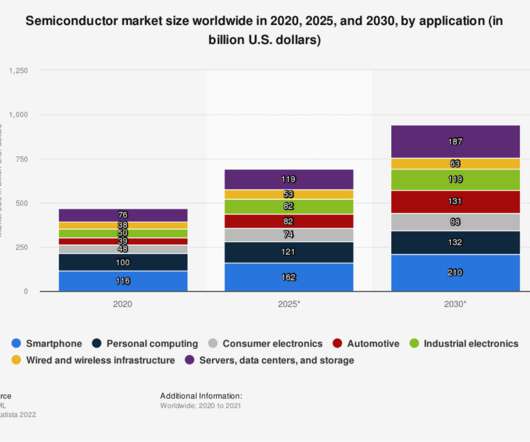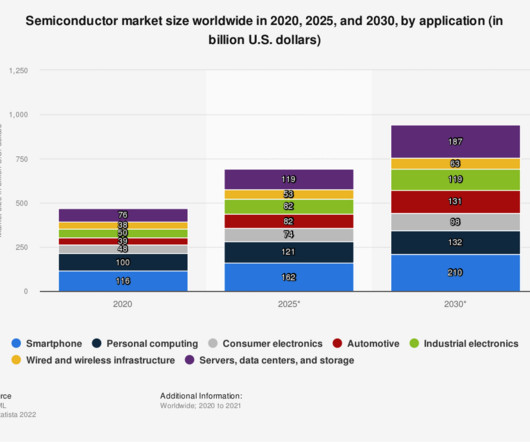Using Digital Supply Chain Planning to Respond to Market-Changing Disruptions like COVID-19
ToolsGroup
MARCH 17, 2020
Gartner research shows that companies that continued to increase earnings while others declined in 2009 and 2010 were those that were able to keep their foot on the gas through the downturn because they had planned responses in advance. One US-based ToolsGroup manufacturing customer sources parts from several Chinese and Italian suppliers.











































Let's personalize your content